Lesson Notes By Weeks and Term - Primary 5
Our values
Subject: Civic Education
Term: 1st Term
Class: Primary 5
Topic: Our values
Behavioral objectives: At the end of the lessons, the pupils should be able to
Different kind of Charts and references materials
Scheme of work
And other relevant materials
6 years basic Education curriculum
Online information
Building background connection to prior knowledge: pupils are familiar with the topic in their previous classes
A house is a building in which people live. It usually has several rooms which serve different purposes. Examples of parts of a house are the bedrooms, the living room, the kitchen, pantry, toilet, bathroom, study and corridors. Types of houses
a. Caves. Sometimes, primitive people in rocky environments carve out houses for themselves from the rocks.
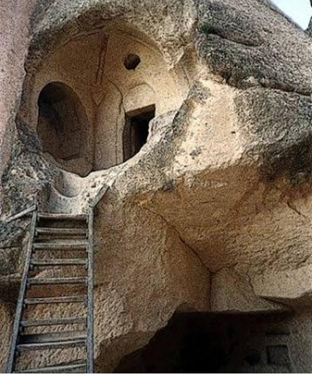
b. Mud houses. Mud houses are found mainly in African countries and other developing countries. Mud is the major building material. Often mud houses have thatched roofs or zinc roofs. Mud houses can be durable if well built.
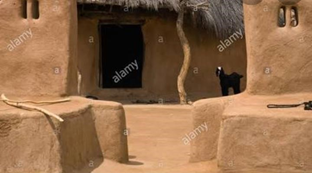
c. A hut is a small simple building with only one or two rooms. It is usually built with mud or wood. Huts are usually found in rural communities.
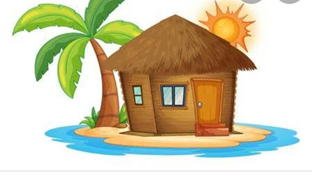
d. House boats. In some riverine areas, where housing is scarce and expensive, people live on house boats. Examples of places where house boats can be found are China and Hong Kong.
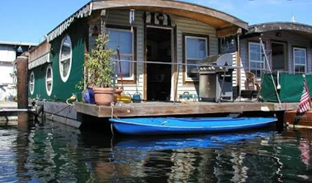

e. Houses on stilts. In some riverine areas and places that get flooded often, people raise their houses off the water on stilts. Such houses can be found in parts of Balyesa, Rivers, and Delta States and in some parts of Lagos (on the Lagoon). They can also be found in places like Papua New Guinea andCambodia.
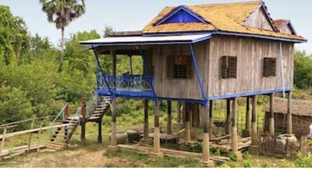
f. Tents. Usually, tents are made of thick cloth or animal hide supported with poles and branches. Tents can be removed and taken to other locations. Some nomadic tribes in North Africa and East Africa live in tents.
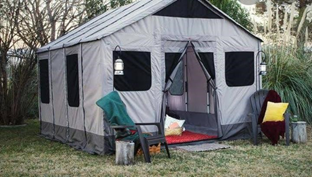
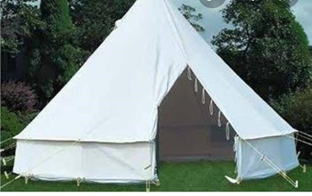
Strategies and activities:
step1: Teacher revised previous lesson
Step 2: teacher introduces the new topic
Step 3: Teacher explains new topic
Step 4: Teacher welcomes pupils’ questions.
Step 5: Teacher evaluates the pupils
Assessment and evaluation
Teacher asks questions from pupils based on the topic
Wrap up and conclusions
Teacher goes over the topic for better understanding.
Assignment
© Lesson Notes All Rights Reserved 2023